The Legend Of Zelda: Skyward Sword
A decent stab?
What Wii lacks in graphical grunt, Nintendo's artists make up for with an adorable, emotive cuteness to the characters, and it would take a hard heart not to raise a smile at the way the shyness and embarrassment of young love is captured in early scenes.
Suffice it to say, the peace is soon shattered and the adventure proper begins beneath the clouds. At first this all looks like familiar Zelda overworld territory, only the structure is far tighter.
This explains a comment Miyamoto made earlier this year on the game's design: "It's not about game density, but about the density of play". The principle of "density of play" is found in the new combat mechanics described above. But it's also been applied structurally.
Nintendo felt, in hindsight, that Twilight Princess was too heavy on aimless wandering between point-to-point. In Skyward Sword, while all signs point to plenty of "game density" in its massive world, "density of play" has become the guiding design principle.
Areas outside dungeons have, therefore, been carefully constructed as large, puzzle-filled, multi-route locales to be carefully worked through, as opposed to just legging it from one end of a field to the other.
There's also the promise depth to the weaponry. All that weird paraphernalia like skulls and whatnot you accumulate during Zelda adventures can, in Skyward Sword, be used to upgrade weapons at the blacksmith's store on Skyloft.
In the early portions of the game you'll be able to soup-up the rubbish wooden shield to a more robust version, for instance. The slingshot, meanwhile, can be enhanced to fire multiple shots.
Elswhere, Link has a few new tricks up his green sleeves. A is now the run button, giving a considerable burst of speed until the stamina meter has depleted. Certain objects can also only be climbed up when ran at. When stamina is exhausted, so too is Link, slowing down to a wheezing stumble for a few seconds until the meter refills.
Little blue orbs littered around the place can be collected to boost stamina. To keep Link rattling along in one early sequence, I had to zigzag around collecting these orbs, which was more annoying that fun. Hopefully the designers have rustled up more inventive uses for this system later on in the game, otherwise it's hard to see the real value of its inclusion as a feature.
The Wiimote can also be used as a dowsing rod, which functions as navigation aid. Select what you're searching for, look around in first-person view, and the controller will vibrate when you're pointing in the right direction. You can also set light beacons on the map screen, which can be seen in the sky once you're back in the game.
And, as expectations demand, it seems safe to say there'll be a hell of a lot of game to explore. In the three hours I had with it, I didn't even make it to the first dungeon. Hours which, in contrast to the oft-criticised opening section of Twilight Princess, were packed with interesting, fun things to see and do. Density of play, remember?
Zelda, then, celebrates its 25th anniversary this year. But each new title in the series is always a celebration of what has gone before, bringing with it enough novelty to enchant and amaze. On three hours' evidence, there are pleasingly few reasons to doubt Skyward Sword will do that all over again.



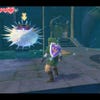
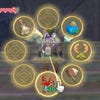
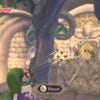

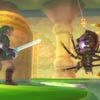

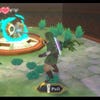
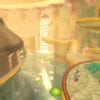




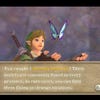
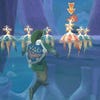
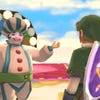


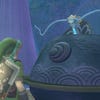
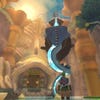
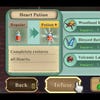
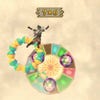

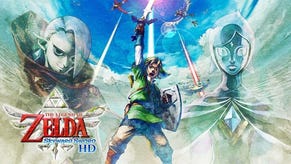


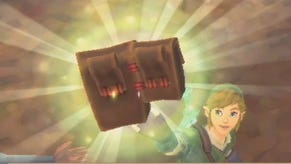
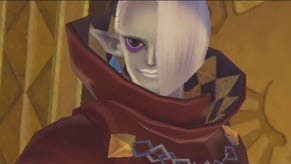
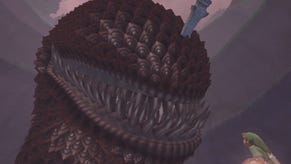




.png?width=291&height=164&fit=crop&quality=80&format=jpg&auto=webp)



